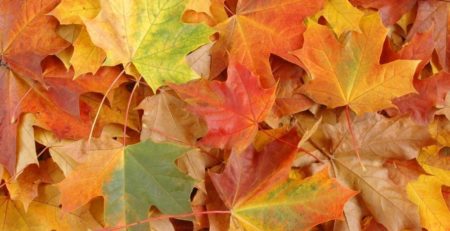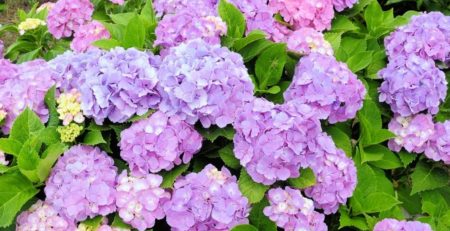January Garden Tasks
G
Happy New Gardening Year! It’s a great time to decide what plants need to be replaced or moved and create a wallet list of plants to watch for as you peruse the nurseries this spring.
Planting
- Continue to plant new shade trees, fruit trees, and evergreen shrubs. Mulch root areas.
- Continue to transplant established trees and shrubs while they are dormant.
- Finish planting pre-chilled tulip and hyacinth bulbs if you did not do so in December.
- Plant any bare-root plants including fruit and nut trees as well as roses.
- Continue planting pansies, snapdragons, kale, Swiss chard, and other cool season annuals. Plant onion transplants anytime soil is ready. Plant spinach and snap peas mid to late month.
- Sow seeds in flats or containers to get a jump on the season. Petunias, begonias, and impatiens can be started now. Tomatoes, peppers, and beans can be started in late January into mid-February indoors, in a hot bed, or heated greenhouse.
Pruning
- Prune with a purpose. Do not “top” any trees or shrubs including crape myrtles. Never leave stubs. Cut flush against remaining branches on shrubs and along [outside?] the branch collar on trees. Peach and plum trees should be pruned to encourage horizontal branching; remove any strongly vertical shoots.
- Continue to prune evergreen trees such as magnolias, live oaks, and wax myrtles to minimize possible ice damage.
- Re-shape evergreen shrubs and shade trees, as needed, during the winter dormant period.
Plant Care
- Check houseplants for insect pests such as scale, mealy bugs, and spider mites.
- Continue to mulch leaves from the lawn and remove debris from turf areas to reduce disease and insect problems.
- Continue to water lawn once every three weeks or so, if you have not had at least 1” of supplemental rain.
- Watch for scale insects on camellias, hollies, and euonymus.
- Water outdoor landscape plants, as needed, when the soil is dry. Water plants thoroughly before a hard freeze to reduce chances of freeze damage.
- Fertilize pansies and other winter annuals about once a month throughout the winter.
- Protect tender plants from hard freezes.
- Till and prepare new planting beds when soil is workable. Work in organic material. Add compost and mulch to all beds. Recycle your Christmas trees. Contact your city’s waste disposal department for sites. Know your soil by getting a soil test through Texas A&M.












